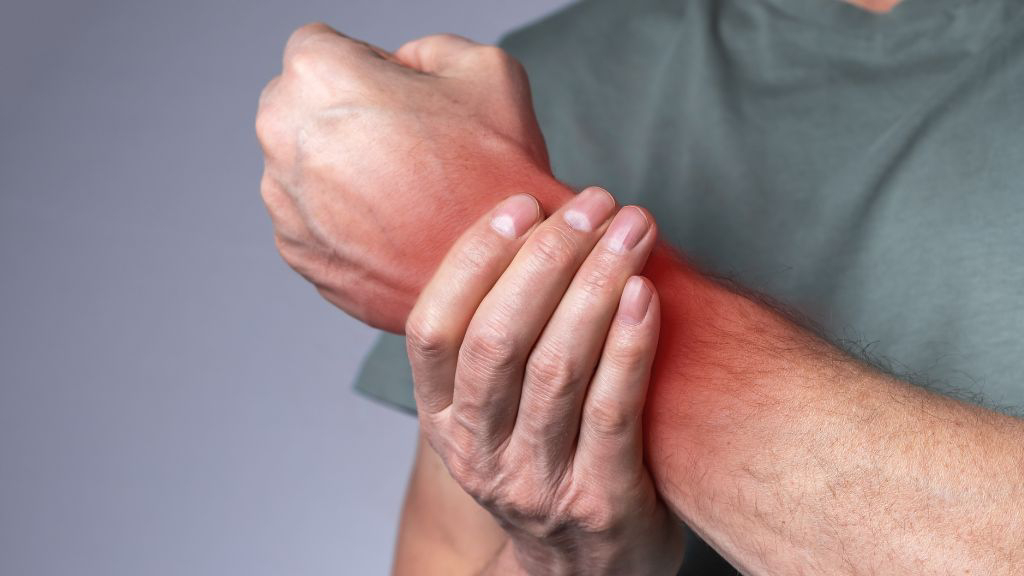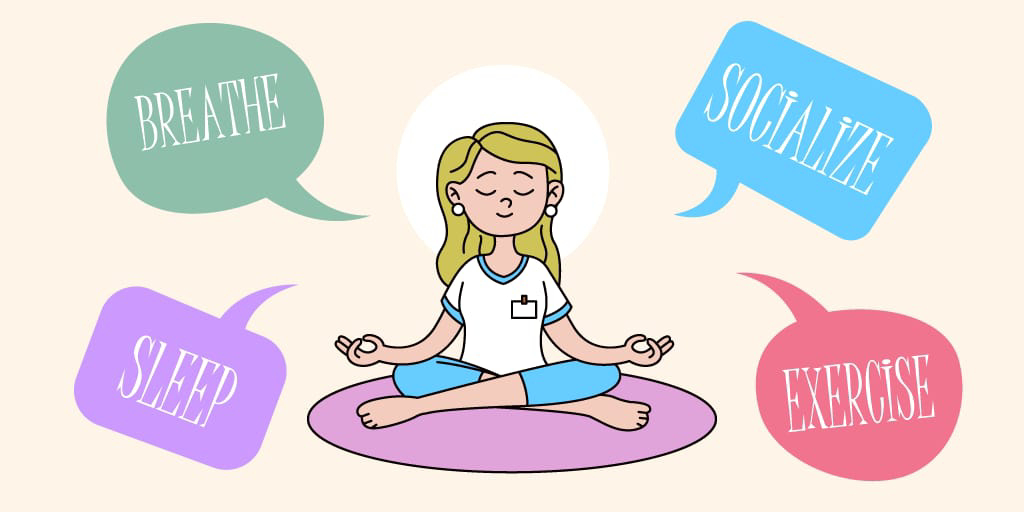Heart Attack Warning Signs You Should Never Ignore
Image credit - heathovia.blogspot.com
Heart Attack: Understanding the Basics
A heart attack happens when something blocks the flow of blood to the heart. This can cause parts of the heart to stop working and can be really dangerous. Let’s break down what causes a heart attack, how you can tell if someone is having one, and what to do to prevent it.
What Causes a Heart Attack?
The heart needs a constant flow of blood, just like we need air to breathe. Blood brings oxygen to the heart so it can keep pumping. But sometimes, the blood flow gets blocked. Here are some common reasons:
1. Plaque Buildup:  image credit - Google
image credit - Google
Over time, things like cholesterol and fat can build up on the walls of our arteries (these are the blood vessels that carry blood to the heart). This buildup is called plaque, and it can harden and narrow the arteries. When too much plaque builds up, blood can’t flow properly.
2. Blood Clots:
Image credit- Google Sometimes, a piece of plaque can break off, and a blood clot forms around it. If the clot is big enough, it can completely block the blood flow, causing a heart attack.
Sometimes, a piece of plaque can break off, and a blood clot forms around it. If the clot is big enough, it can completely block the blood flow, causing a heart attack.
3. Unhealthy Lifestyle Choices:
Image credit- Google Eating too much junk food, not exercising, smoking, and stress can all make it more likely to have a heart attack. These things can raise blood pressure, increase cholesterol levels, and damage the heart over time.
Eating too much junk food, not exercising, smoking, and stress can all make it more likely to have a heart attack. These things can raise blood pressure, increase cholesterol levels, and damage the heart over time.
Symptoms of a Heart Attack :
A heart attack can feel different for different people. Here are some common symptoms to watch out for:
1. Chest Pain:
Image credit- GoogleThis is the most common sign. It might feel like a heavy weight or a squeezing pain in the center of the chest.
2. Pain in Other Areas:
3. Shortness of Breath:
Image credit- GoogleYou might feel like you can’t catch your breath, even if you’re not doing anything physical.
4. Nausea or Lightheadedness:
5. Cold Sweat:
Breaking out in a sweat for no reason can also be a warning sign.
Not everyone has all of these symptoms, and sometimes they come and go, so it’s important to take any sign seriously.
How to prevent Heart Attack?
The good news is there are things you can do to reduce the chance of a heart attack:
1. Eat Healthy:
Image credit- GoogleTry to eat more fruits, vegetables, and whole grains, and avoid foods high in salt, sugar, and unhealthy fats.
2. Exercise Regularly:
Image credit- GoogleJust 30 minutes of exercise a day can make a big difference. Walking, biking, swimming, and even dancing are great ways to stay active.
3. Quit Smoking:
Image credit- GoogleSmoking damages the heart and makes it harder for blood to flow. If you smoke, quitting is one of the best things you can do for your heart.
4. Limit Alcohol:
Image credit- GoogleToo much alcohol can raise blood pressure and damage the heart. It’s best to drink in moderation, or not at all.
5. Manage Stress:
Image credit- GoogleFind healthy ways to deal with stress, like spending time with friends, meditating, or doing things you enjoy. Stress can lead to high blood pressure and other problems that make a heart attack more likely.
6. Get Regular Check-ups:
Image credit- GoogleDoctors can help keep track of your heart health and suggest any changes you might need to make.
Final Thoughts :
A heart attack is serious, but with a healthy lifestyle and some good habits, you can lower your risk. Remember to listen to your body, pay attention to any signs, and don’t ignore symptoms if you have them.
Tags:
Heart-Attack
heart-attack-illaj
Heart-Attack-sign
Heart-Attack-symptoms
Heart-attack-treatment
Heart-Attack-warning










